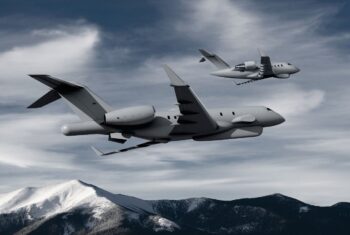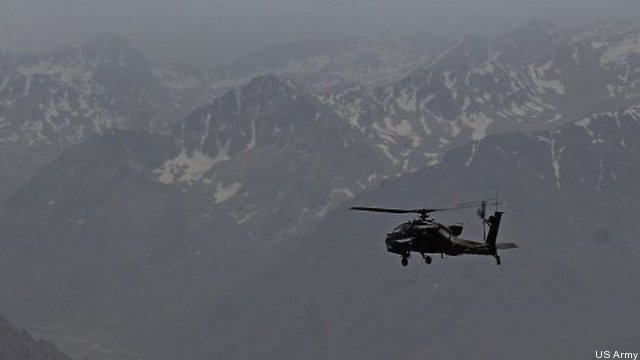
A YouTube video of an American AH-64 Apache attack helicopter crashing in Afghanistan has gone viral, with commentators expert and otherwise chiming in on the pilot’s mistakes and appropriate punishments. The International Security Assistance Force told the Pentagon-supported newspaper Stars and Stripes that they “believe the video shows a crash which occurred in Paktika province on Feb. 6” and which is now under investigation, but ISAF has been otherwise unforthcoming. The video shows the gunship swooping low over a U.S. outpost, then coming round for another pass that takes it too low, bouncing over the snowy ground and ultimately flipping over. Online speculation is rife that the pilot was showing off rather than conducting legitimate training maneuvers, and it seems unlikely any commander would authorize such dangerously low passes over friendly troops outside of a life-or-death combat situation, but hard facts are hard to find.
This story has been largely played for laughs because – miraculously – no one died, but aircraft crashes are the single largest cause of accidental death for U.S. forces in Afghanistan, with 110 reported non-combat deaths in aircraft crashes. Another 58 troops have died in aircraft, mostly helicopters, that went down in combat – whether from enemy fire or their own desperate maneuvers – which ranks second only to guns and bombs among the causes of death ascribed to hostile action. 16 ISAF troops died in a single crash just last week. The danger has pushed the Pentagon to make major investments in safety features to combat desert dust, high mountains, and terrible weather.
It’s not as if U.S. chopper pilots are going to stop flying their helicopters hard any time soon, however. With units widely dispersed over difficult terrain, Afghanistan is a war zone where air support is often the only support available for troops under fire. And with helicopters critical to high-profile operations like the SEAL strike that killed Osama bin Laden, their role may become even more prominent as the U.S. shifts from a time-consuming, troop-intensive counterinsurgency strategy to one of in-and-out counterterrorist raids. Even in this year’s cramped budgets, the U.S. Army made sure to keep investing in aviation. And until the day when all helicopters are unmanned, every flight runs some risk of loss of life.
New tech, including drones carrying blood, help injured Israeli soldiers survive
In a recent tour, Israel Defense Forces showcased new methods and technology that they say has halved the casualty rate for the seriously injured.


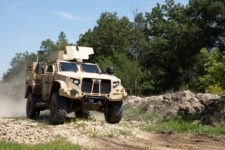
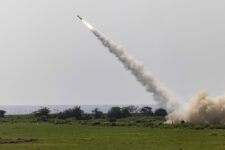





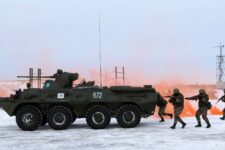








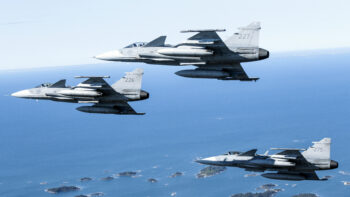
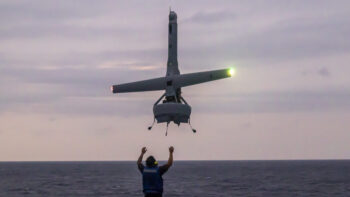

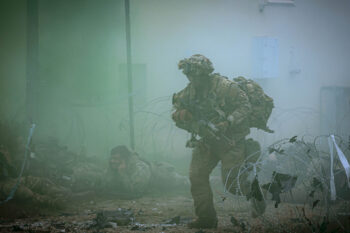


![E-2D_AR_1[1]](https://breakingdefense.com/wp-content/uploads/sites/3/2024/10/E-2D_AR_11-350x233.png)
